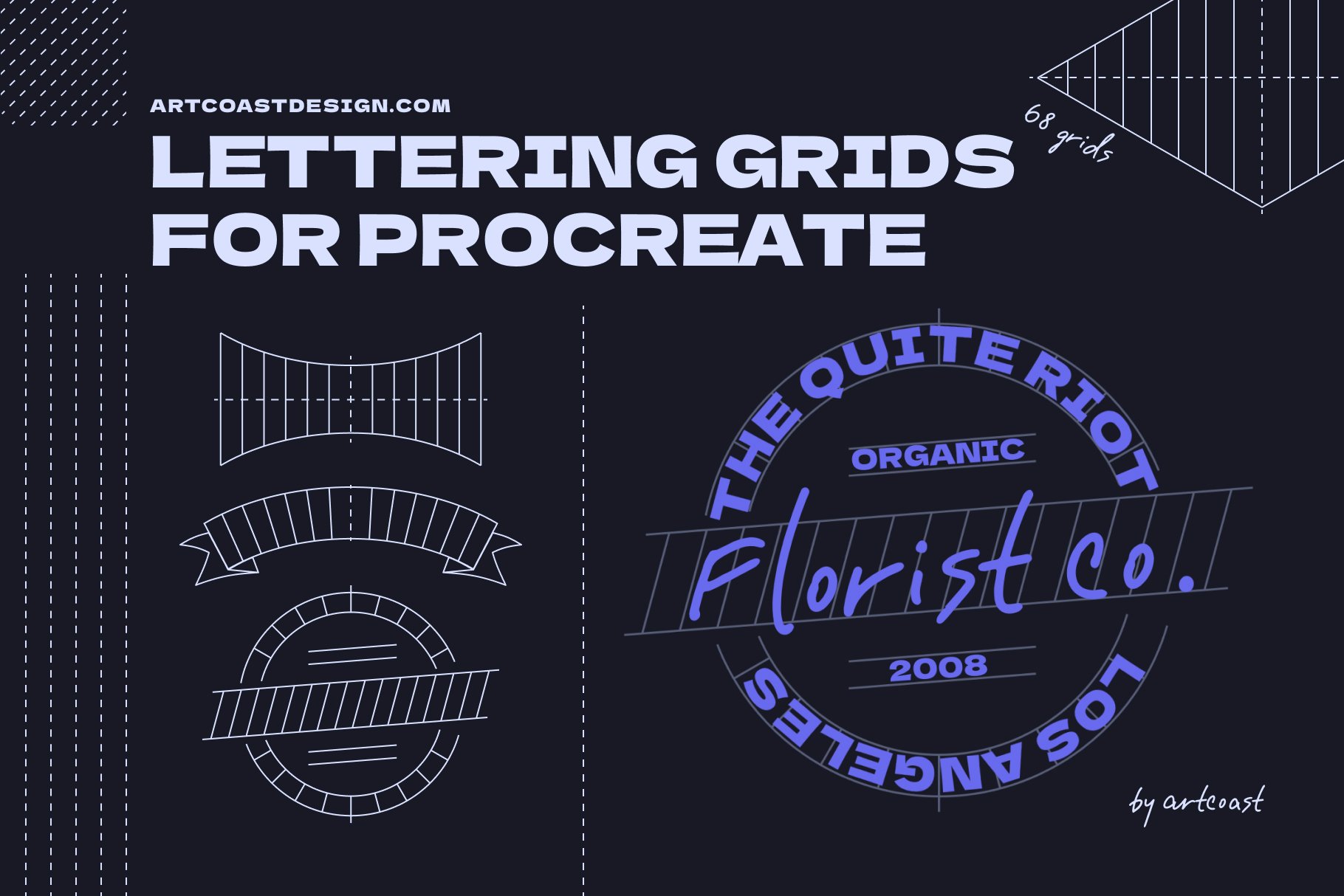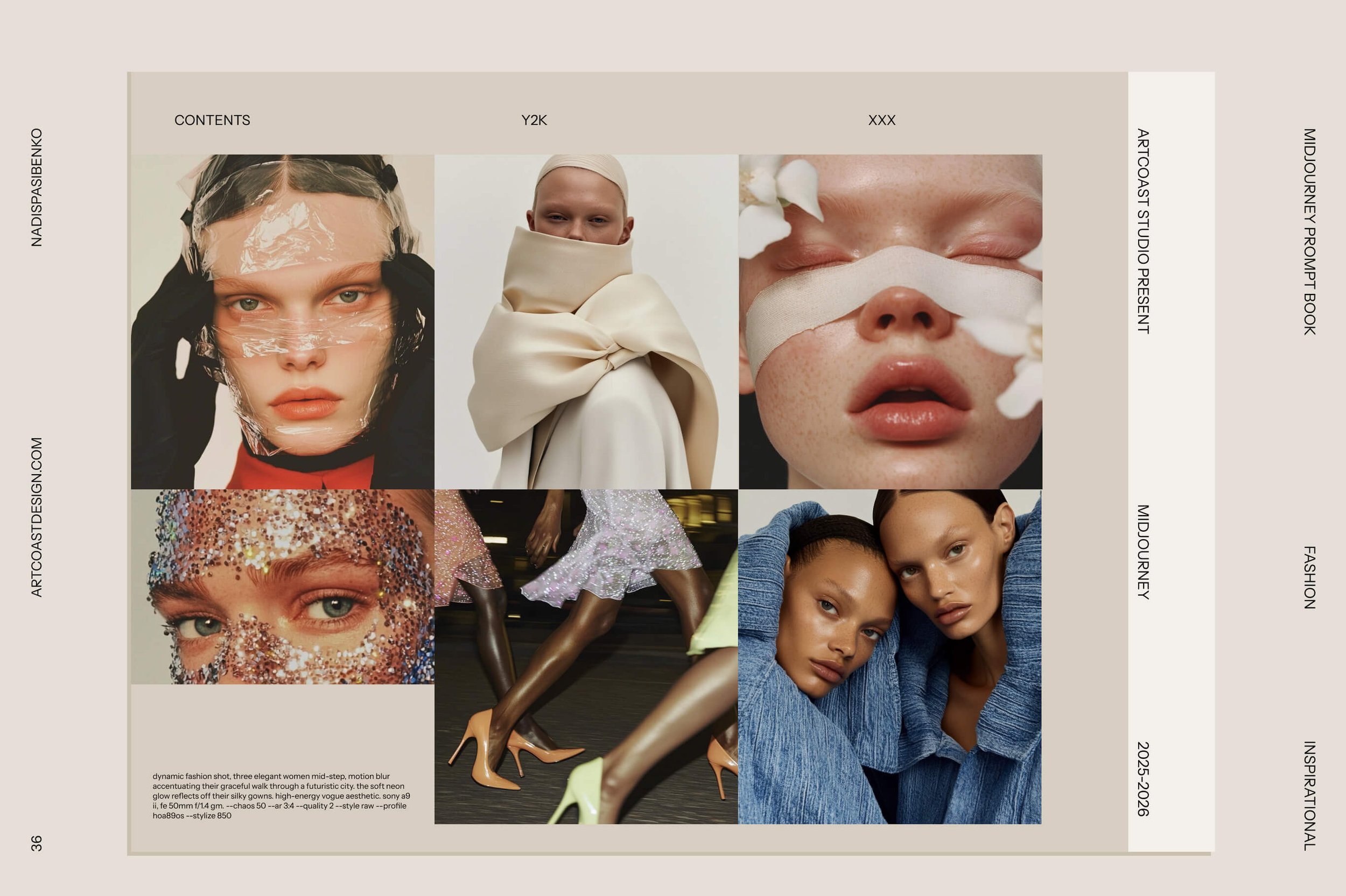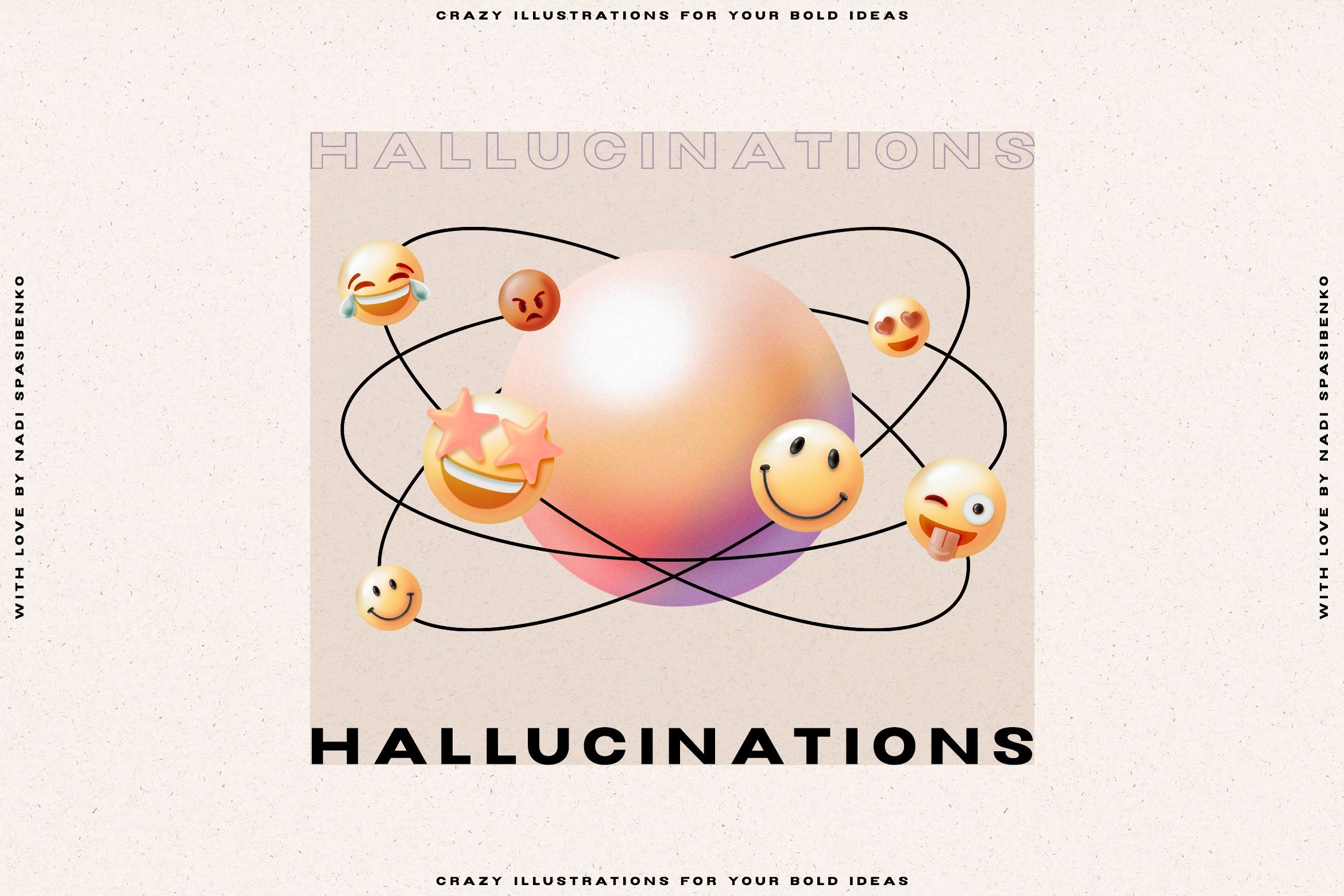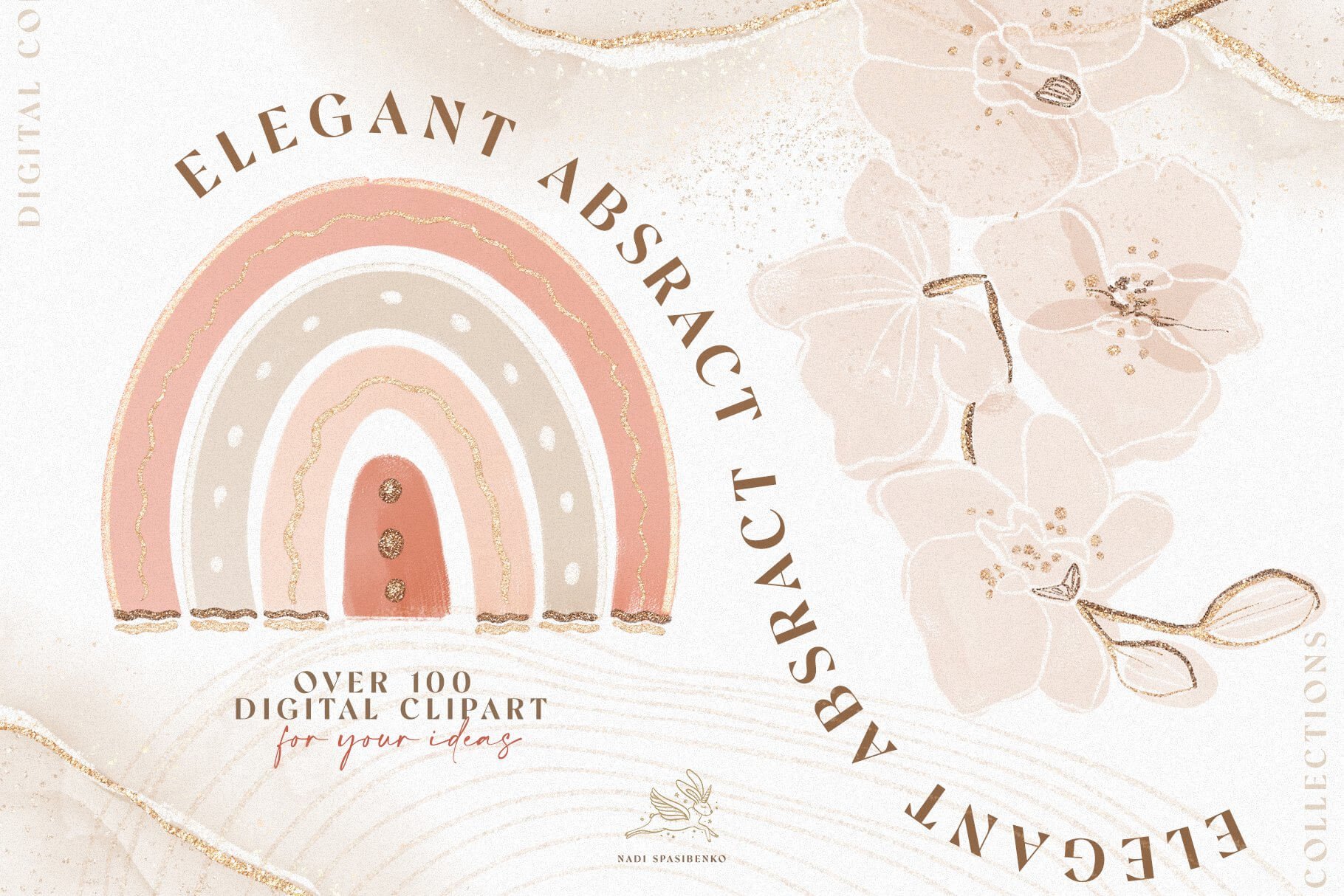Mastering the Art of Color Theory: Techniques and Tips for Graphic Designers
Color theory is an essential aspect of graphic design, as it plays a crucial role in creating effective and visually pleasing designs. Understanding and utilizing color theory can help graphic designers create designs that are harmonious, impactful, and evoke specific emotions and meanings. In this article, we will explore various techniques and tips that graphic designers can use to master color theory and take their designs to the next level.
Understanding the Color Wheel
The first step in understanding color theory is to familiarize yourself with the color wheel. The color wheel is a visual representation of the relationships between colors. It is divided into primary, secondary, and tertiary colors. Primary colors are red, blue, and yellow, and they cannot be created by mixing other colors. Secondary colors are created by mixing primary colors and are orange, green, and purple. Tertiary colors are created by mixing primary and secondary colors and are yellow-orange, red-orange, red-purple, blue-purple, blue-green, and yellow-green.
Using Color Schemes
Another important aspect of color theory is understanding and utilizing color schemes. A color scheme is a combination of colors used in a design. There are several types of color schemes, including complementary, analogous, and monochromatic. Complementary color schemes use colors that are opposite each other on the color wheel, such as red and green. Analogous color schemes use colors that are next to each other on the color wheel, such as blue, blue-green, and green. Monochromatic color schemes use different shades and tints of the same color.
Color Wheel
Utilizing Color Psychology
Color psychology is the study of how colors can evoke emotions and convey meanings. Different colors are associated with different emotions and meanings. For example, red is associated with passion and excitement, while blue is associated with calmness and trust. Graphic designers can use color psychology to evoke specific emotions and convey specific meanings in their designs.
Color Psychology
Accessibility and Mediums
It's also important for graphic designers to consider color accessibility when creating designs. This means that designs should be accessible to people with color vision deficiencies and also be optimized for different mediums such as print or digital. It's important to keep in mind that colors appear differently on screen than they do in print, so designers should test their designs on different mediums to ensure that they look as intended.
In conclusion, understanding and utilizing color theory is essential for graphic designers looking to create effective and visually pleasing designs. By familiarizing yourself with the color wheel, using color schemes, utilizing color psychology, considering accessibility, and using real-world examples and inspiration, graphic designers can master the art of color theory and take their designs to the next level.
Related Articles:
Popular Goods:








